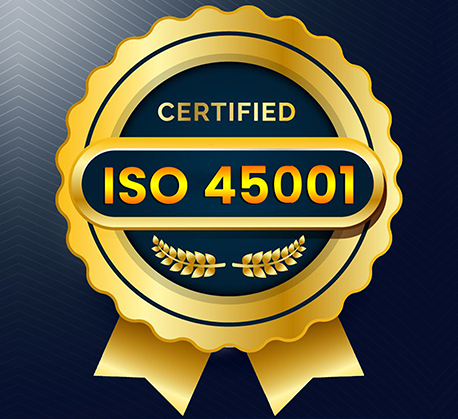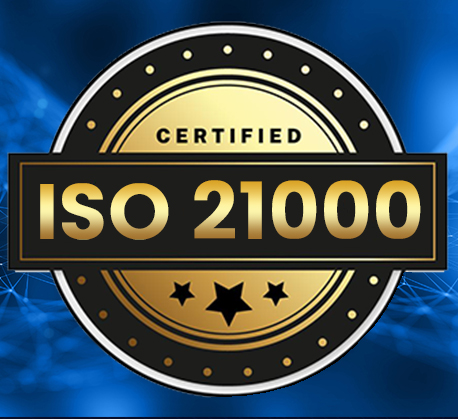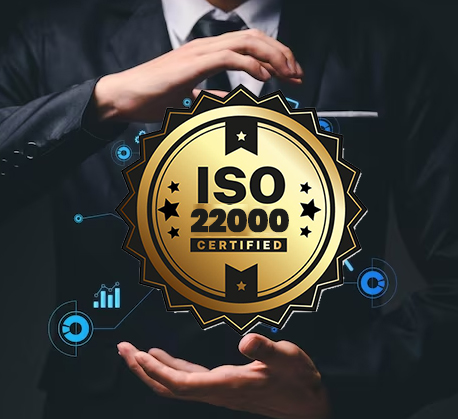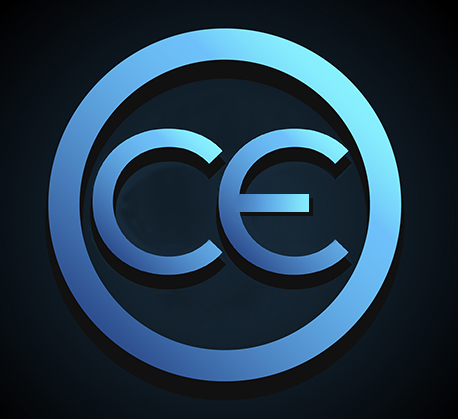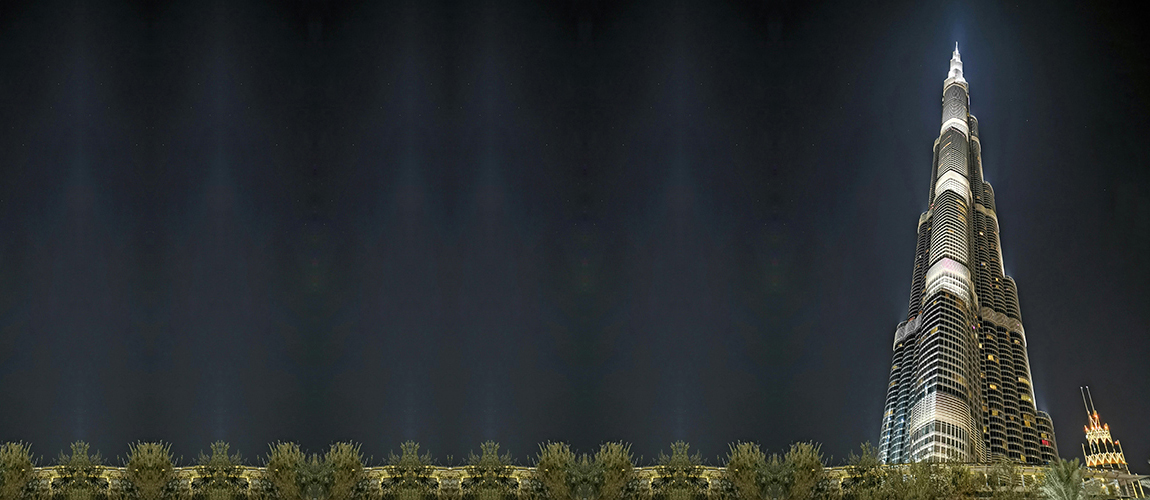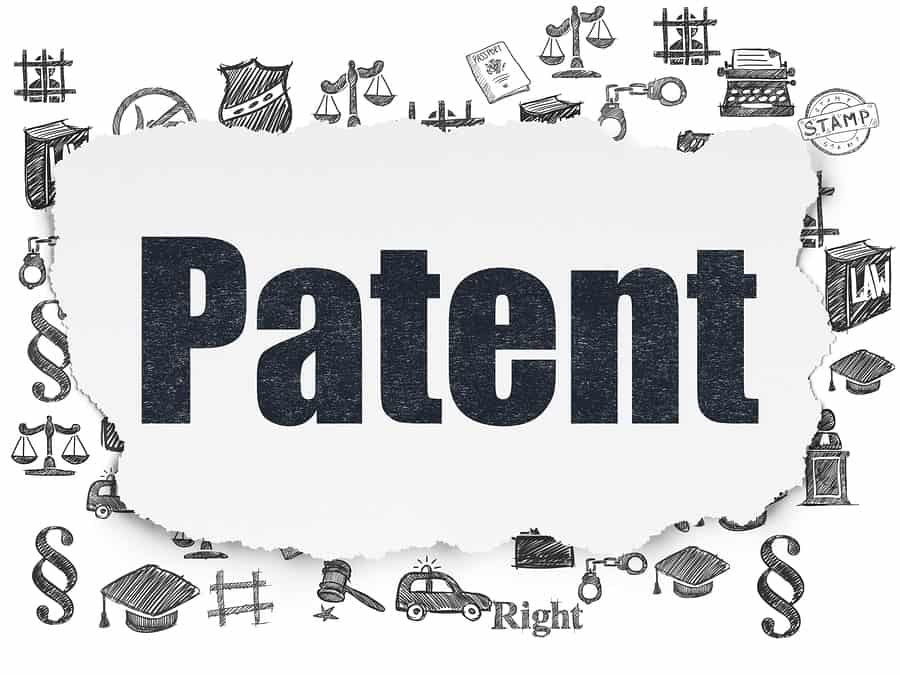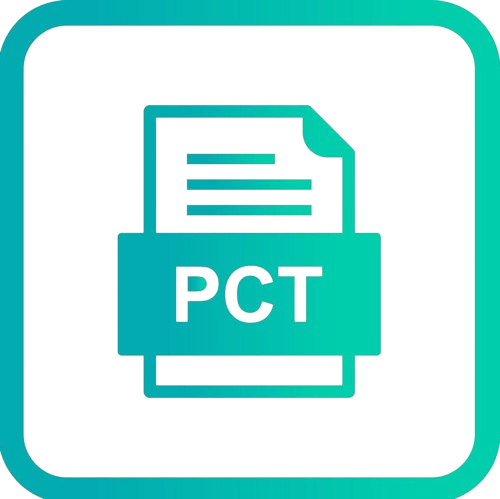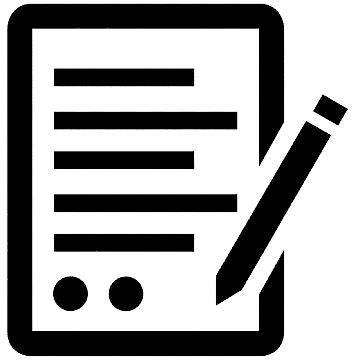- Home
- About
-
Services
- Business Setup in Dubai
-
Taxation

-
Direct Taxation : DomesticIn a direct tax system, individuals and entities pay taxes directly to the government based on their income, wealth, or property.
-
Direct Taxation : InternationalIt involves the taxation of individuals, businesses, or entities that have income or assets in more than one country. International direct taxation can be complex due to the interaction of tax laws and regulations between different countries
-
Taxation : Corporate TaxCorporate Tax Planning And Management Including Identification Of Risks, Planning Opportunities And Compliance Requirements
-
Indirect TaxationConsultancy, Opinions, Advisory Services
-
- Registration Services
-
GST

-
GST RegistrationOn July 1st, 2017, India moved to a new tax system – one that aims at converting the entire nation into a single market.
-
Goods and Services TaxOverview Assessment Of Different Business Functions And Operations In Order To Be Better Prepared For GST Transition.
-
Goods AuditOverview assessment of different business functions and operations in order to be better prepared for GST transition.
-
-
Start a Business

-
Private Limited CompanyIncorporating a Private Limited Company is like giving birth to a child, as it requires taking the utmost care on time.
-
Public Limited CompanyPublic Limited Company is that type business entity whose share can be traded publically via stock exchange,
-
Limited Liability PartnershipLLP is an Incorporated Partnership Firm registered under Limited Liability Partnership Act, 2008 with limited liability and has a perpetual succession.
-
One Person CompanyOne Person Company is such kind of Corporate Entity where only one person is required to start a business
-
Section 8 CompanyA Section-8 Company is a gift to the community as it encourages Science, Sports, Arts, Education,
-
Nidhi CompanyNidhi is a Hindi word that means Finance or Fund. Nidhi Company are an Unlisted Public Limited Company
-
Startup India RecognizationStartup India is an initiative of the Government of India to boost the Indian economy, encourage entrepreneurship and generate large-scale employment opportunities.
-
Partnership FirmEven God needed a Partner to create this world, in the same way, to create a Partnership the firm you required a partner to start your business.
-
ProprietorshipSole Proprietorship is the First step to enter into the Business world with less Compliance burden.
-
-
ROC Services
Compliance
-
Annual Compliances of a Pvt. Ltd.A lot of us want to have our businesses and become entrepreneurs. With start-ups being the current trend
-
Annual Compliance of LLPThose LLP’s whose annual turnover does not exceed Rs. 40 lakh
-
Annual Compliances of One Person Company (OPC)An OPC (One Person Company) is a type of business entity where only one person holds 100% ownership and control.
-
Annual Compliances of PublicAuditor Appointment Within 30 Days From The Date Of Incorporation.
-
Compliances of Section 8 CompanyA Section 8 Company, also known as a Section 8 Company under the Companies Act, 2013, is a type of organization
-
Compliance of Nidhi CompanyOpen a current account with any scheduled bank in the name of the Company
-
Annual Compliances of a Producer CompanyAgriculture serves as the cornerstone of the Indian economy, playing a pivotal role in sustaining livelihoods and driving economic growth.
Change in Business
-
ROC ServiceROC is a government office or agency responsible for regulating and maintaining records related to companies and their operations in a specific jurisdiction.
-
Change in Main ObjectWith the change in priorities, a company can seek to change its main object.
-
Change in AddressLike the shark that will only grow to the size of its bowl, the change in the size of the bowl into the size of the sea is necessary.
-
Increased In Authorised Share CapitalA company while performing its business operations may need more funds for expansion of its business or, to meet its expenditure.
-
Increased Of Paid Up CapitalPreparation of Board resolution
-
Appointment of DirectorWhenever there is an appointment, resignation or removal of Directors or Partners in any Company or LLP
-
Change in NameAn entity is an artificial person which gets its separate and legal identity through its name.
-
-
Legal License

-
Shop Act EstablishmentTo start any kind of business activity in any state a Gumasta License is required, which officially registers the entity under state law.
-
Udyog Aadhar MSME RegistrationUdyog Aadhar MSME registration is a simplified and online process designed to facilitate Micro
-
Register Your Import Export CodeIEC helps you to expand your business. It takes your product or service to the International level.
-
FSSAI RegistrationFSSAI has been established under the Food Safety and Standards Act, 2006 (FSSAI Act)
-
Provident FundAny other establishment employing 20 or more persons which Central Government may,
-
ESICAll Factories Excluding Seasonal Factories Employing 10 Or More Persons (We.T 01.06:2010)
-
Apeda RegistrationAgricultural & Processed Food Products Export Development Authority (APEDA) is a government organization
-
GEM RegistrationThe Government e-Marketplace (GeM) is a government-run e-commerce portal.
-
BarcodeA barcode is a standardized code marked by a series of vertical black & white bars of diverse widths followed with a 12 or 13 digit numbers.
-
Professional TaxProfessional tax is one that is levied on all professions, forms of employment, and trade.
-
Niti AayogNitiayog registration enables organization uniquely enrolled with the government.
-
Spice Board RegistrationBoard is an Indian government regulatory and export promotion agency for Indian spices.
-
12A & 80G RegistrationThe charitable institutions are eligible for certain tax exemptions and benefits in India.
-
-
IPR

-
Intellectual PropertyTo create a dynamic, open environment that encourages creative thinking, innovative ideas, and challenges staff to meet their optimal levels of success.
-
TrademarkA trademark is a unique mark or sign representing you, your company, your products or the services that you provide and distinctive in nature,
-
CopyrightCopyright is a type of intellectual property that gives its owner the exclusive rights including both economic and moral rights to make copies of a creative work,
-
PatentPatent means a new invention in form of a device/article or process of production.
-
Trademark AssignmentAssignment of the trademark means when the ownership of the mark is transferred with or without goodwill of the occupation from one person to another.
-
Trademark OppositionIf a mark is opposed within 4 months from the date of the advertisement then it is taken down from the Journal.
-
- Accounting Outsourcing
- Investment Advisory
- ISO
- Career
- C.S.R
- Our Team
- Contact






